
Traction system and drive technology for electric buses
The mobility of tomorrow is electric and requires precisely regulated, high-performance traction systems. KIEPE provides advanced solutions for electric bus propulsion that combine modularity, energy efficiency, and intelligent control. Whether battery-electric, trolley-powered, or hybrid, our systems reliably, sustainably, and custom-tailored meet the complex demands of public transport.ure and making a decisive contribution to reducing emissions.
Advantages of our traction system for electric buses
A modern traction system for buses reduces emissions, saves energy, and increases the availability of your fleet in daily operations. KIEPE's modular systems combine traction inverters, high-performance motors, and intelligent software into a customizable overall concept—suitable for battery or trolleybuses, as well as single or articulated vehicles. Thanks to the optimal coordination of components, our solutions are particularly energy-efficient, low-maintenance, and durable.
Trust KIEPE – Your Partner for E-Bus Technology
- Years of experience in electric mobility
- Modular, scalable traction systems for buses
- Successful public transport projects worldwide
- Certified according to ISO 9001, 14001, 45001: our quality standards
- Manufacturing, integration & service from a single source
Together towards the optimal solution
Whether retrofitting, system integration, or new procurement, we develop an electric drive concept tailored to your needs. Get expert advice now and find the right solution for your traction system—customized, efficient, and future-proof.
Contact Person

Daria Baryshnikova
Director Global Sales Components, Service + ModernizationKiepe Electric GmbH
Frequently Asked Questions about Bus Traction Systems (FAQ)
A traction system includes all components responsible for the electric propulsion of a bus—typically the traction inverter, the electric motor, a control system, and the control software. These systems convert electrical energy into mechanical movement, enabling the vehicle's propulsion.
The traction inverter converts direct current (DC) from the battery or overhead line into alternating current (AC) for the drive motor. It regulates torque, speed, and enables the recovery of braking energy (regeneration).
![[Translate to English:] Rail vehicle electrification & technology](/fileadmin/_processed_/c/a/csm__ahe0223_928aee05ca.webp)
![[Translate to English:] Systems and components for electric buses](/fileadmin/_processed_/2/1/csm_kti_201_aha4631_neu_c9e1440ace.webp)
![[Translate to English:] Charging infrastructure solutions for e-mobility](/fileadmin/_processed_/2/c/csm_bildschirmfoto_2024-04-21_um_18.05.16_0ccd184362.webp)
![[Translate to English:] Modernization for many additional years of operation](/fileadmin/_processed_/3/4/csm_essen_4f49d40e59.webp)

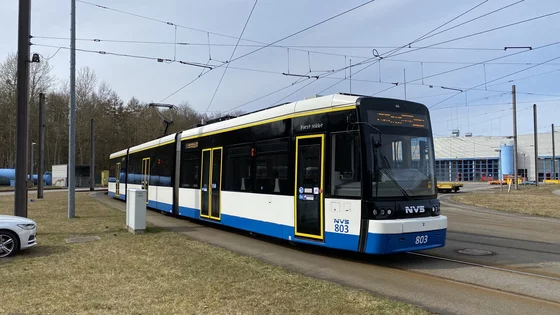
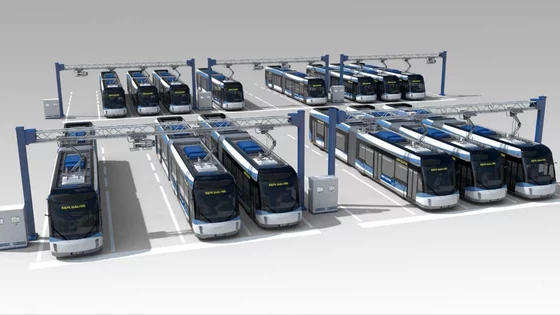
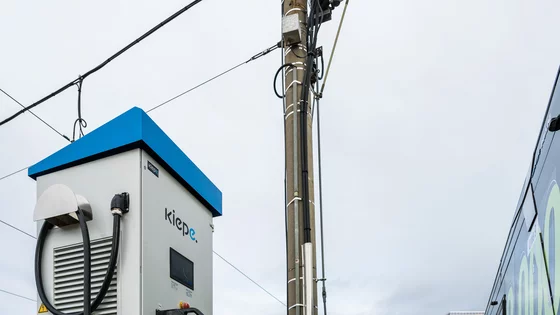
![[Translate to English:] eBus HPC Platform](/fileadmin/_processed_/3/a/csm_tzen4-corbeil-daniel_schmidt_kiepe_2_4bbdc37731.webp)
![[Translate to English:] In Motion Charging (IMC) Upgrade](/fileadmin/_processed_/b/b/csm_ksc_200-3_24fade6d2f.webp)
![[Translate to English:] Mining - Electrification](/fileadmin/_processed_/2/4/csm_istock-2116815690_26a2a95fa5.webp)

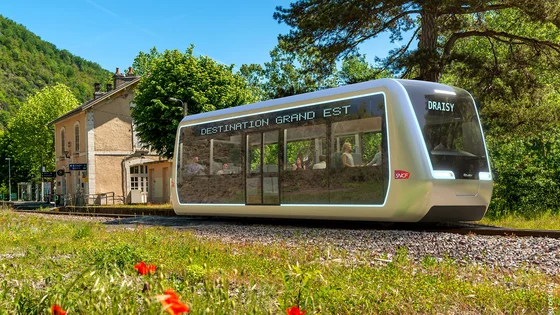

![[Translate to English:] ESU - Schalke](/fileadmin/_processed_/b/3/csm_schalke_project_2024_af42a053b0.webp)
![[Translate to English:] SmartHybrid - Vossloh DE 18](/fileadmin/_processed_/d/8/csm_vossloh_rolling_stock_de_18_370b5f1326.webp)






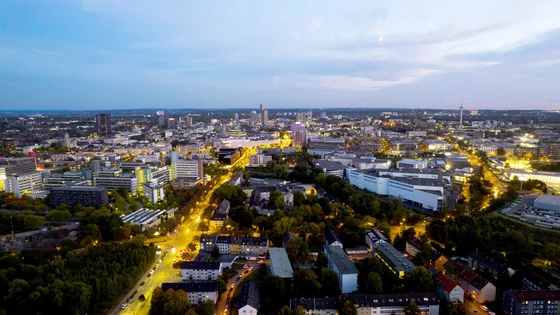




![[Translate to English:] Milano](/fileadmin/kiepe_website/solutions/cities/dome-miliano-pixabay-bici-3738653_1920.jpg)